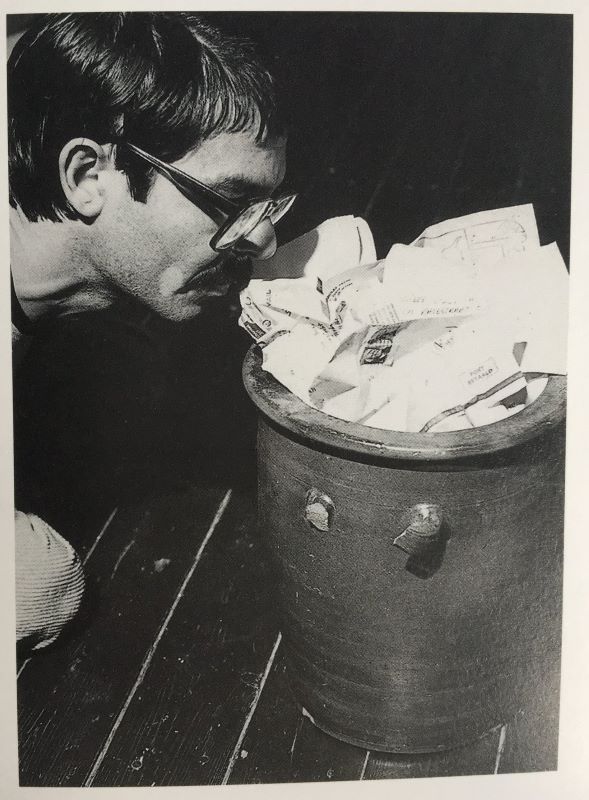How Ulises Carrión Became a Citizen of the World Through Art
Discover the life and work of Ulises Carrión, the most important conceptual artist Mexico has ever produced. Explore how he broke free from the constraints of nationality, founded the In-Out Center, and created Other Books And So.





